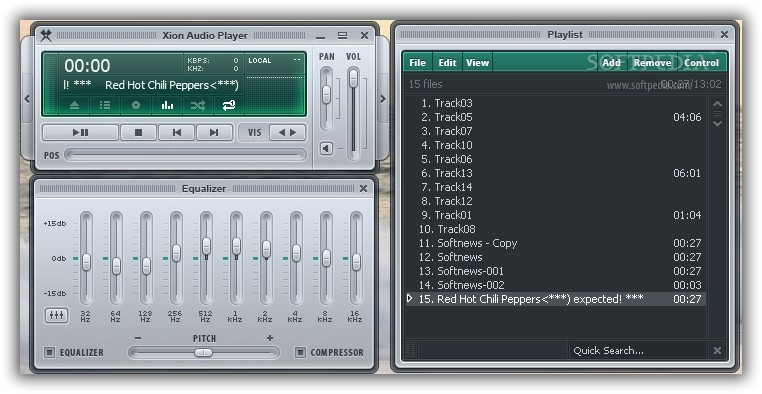

You can even use the 'two dots' ("./") modifier to go up to a parent folder within a path line if you want to keep all your Playlist files in one folder rather than your music's root folder. You could try changing the playlist filename to M3U instead of M3U8 (probably won't make a difference though, the contents are still the same).įor most of the playlists that I want to swap between devices, I use relative paths rather than absolute ones. This means that the info defining the files is based from starting at the current directory where the playlist file is stored, rather than giving a full reference to the drive name and any top level folders. Might be worth changing the Linux style path separators ( "/" ) to Windows standard "\" too, but many programs cope with either. Poweramp will try to resolve mismatches when importing (it looks at the filenames and their containing folders, and tries to match those with its scanned music database) but I don't know if other programs do the same or are more strict about their path matching. See Options ~ MP3 for more information.They work fine for me in Windows Media Player, VLC, Foobar2000, Zoom Platyer.Īs you say, the paths may be an issue though, Your music needs to be in the exact same directory structure on both devices for them to work seamlessly. You will have access to the same options as when you are converting to MP3 format. The MP3 settings for the encoded file.the URL "" will end up having the link "" embedded in the playlist file if you are converting from a file called "music". This URL will have the filename of the file you are converting appended automatically.

A Root URL for where you will be hosting the file on the Internet.The options for these formats lets you configure two different settings: This means that if you were to convert, for example, 10 files to one of these formats, you would end up with 10 playlist files and 10 MP3 files. As such, these formats only support converting from one file to one MP3 file and one playlist. These playlist formats have been designed purely for the purpose of creating a file that you can upload to a website on the Internet and let others stream or download to their computers. Instead they link to an audio file that exists somewhere on your computer, network, or on the Internet. These formats are all playlist formats, meaning that they do not contain any audio content inside them. Encoder Options for rss / m3u / pls / wpl Files Encoder Options for rss / m3u / pls / wpl Files


 0 kommentar(er)
0 kommentar(er)
